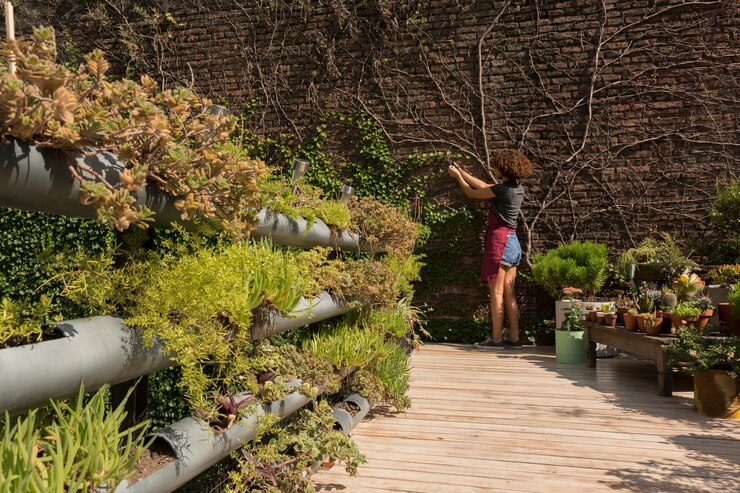212
How to Build a Rain Garden in Seattle
For those inspired to create their own rain garden, the process involves several key steps:
- Choose the Right Location: Ideally, rain gardens should be at least 10 feet away from buildings to prevent water from seeping into foundations. Look for a low spot in the yard or an area where water naturally flows.
- Calculate the Size: A rain garden typically needs to be about 20-30% of the size of the area it will drain. Consider the amount of rainfall and the soil’s infiltration rate when determining size.
- Select Native Plants: Native plants are adapted to Seattle’s climate and require less water and maintenance. They are also more effective at filtering pollutants and supporting local wildlife.
- Prepare the Soil: Dig the area to the desired depth, usually about 6-12 inches. Mix in compost to improve soil infiltration and add mulch to retain moisture.
- Install an Overflow System: In case of heavy rain, include a slight slope or a pipe that directs excess water away from the rain garden to avoid flooding.
Examples of Rain Gardens in Seattle
Several Seattle neighborhoods and public spaces have successfully implemented rain gardens. For instance:
- Ballard Green Streets: In the Ballard neighborhood, Seattle Public Utilities transformed residential streets by installing rain gardens and permeable pavements, reducing stormwater runoff into local waterways.
- Thornton Creek: At Thornton Creek, the Meadowbrook Pond area uses rain gardens as part of a larger stormwater management system that captures runoff from nearby neighborhoods, preventing it from polluting Lake Washington.
- High Point Neighborhood: High Point was redesigned as a model green neighborhood, incorporating numerous rain gardens to manage stormwater and reduce its environmental footprint.
